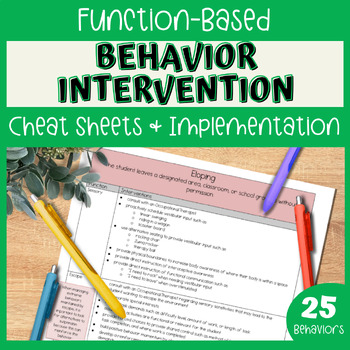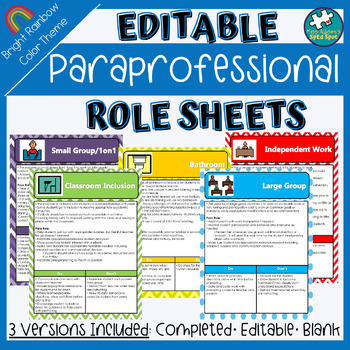As I have shared before, in the special education classroom student behaviors often stem from a deficit in social skills. If we only reactively address the behavior, then it will be hard to see lasting improvement. However, proactively addressing behavior concerns with social skills direct instruction can make a huge difference!
Problem Scenario
Circle or Carpet Time is often a time of the day when we see an increase in unexpected behaviors. Not only can students struggle with their own on task behaviors, but they can also have difficulty juggling social expectations as well.Circle Time Social Skills Direct Instruction
When teaching social skills (or any new skill really) I tend to follow the same sequence of steps:1. Teach:
First, I teach the expected skill. Using a social story can be a great evidence-based strategy for introducing the concepts. Over the years, skills related to group work time that my students needed to work on included:- Sitting appropriately
- Taking turns
- Raising their hands
- Sharing
- Joint attention
- Listening
The social story I created included all of these different skills but there were years that I would remove some of the pages if my students didn't need help in that area. This allowed us to focus more on the target behaviors. I laminated my social story and bound it using binder rings which made it easy to adapt from year to year!
This is also when we introduced the vocabulary we would be using from now on to remind students of what was expected and provide direct feedback such as what it means to “share” or have a “quiet mouth”.
2. Practice:
After reviewing the social story, there were several ways we practiced the skills.
- Role Playing: We would act out different scenarios illustrating the concepts we learned. My paras and I would act out the unexpected behaviors and students would act out the expected behaviors. We would go through the social story page by page to guide us.
- Games: Since there were so many skills to work on, I found that it was best to practice some of the skills in isolation using games such as playing Simon Says to work on listening.
- Choices Sort: I also completed a choices sort with my students. Depending on the year, we called it different things such as good/bad choices, green/red choices, and expected/unexpected choices. We did this as a cut and paste activity the first time but I also created reusable file folders to be used for priming and review later.
To make the sorts reusable, I printed the sorting cards on cardstock and laminated them. Then, I attached velcro to the back of each card. Next, I used a long file folder and made one side "good choices" and the other side "bad choices" (you can use the sorting mat headers as the folder headers... that's what I did!). I made an extra copy of the social story book cover and used it as the sorting folder cover. Then, I laminated the file folder and put velcro dots on the inside under each heading.
It is important to be purposeful in planning how you will facilitate generalization of new skills.
- Prime: Prior to our group work times, I would review the social story or the sort to prime them or remind them of what was expected.
- Prompt: If we noticed that a student was struggling in the moment, we would use visual reminders of what to do. I did not use what not to do since it was hard for some of my students to infer what to do instead, especially in the heat of the moment! The “good choice” visuals were helpful and at times I would make them into a visual cue ring for my paras and I to have on our lanyard so we were ready at all times!
4. Reinforce:
This requires a lot of “catch them being good” time and looking for even the smallest successes. Since I was mostly leading the group, my paras would quietly praise any example of the expected behaviors we had taught. It was so rewarding even for us to spend more time focusing on the good behaviors and less time correcting unexpected behaviors! When a problem behavior would pop up, I implemented some pivot praise to praise the peers that were doing the expected behaviors to remind (and entice) others to do the same.
Or if you have other social skills your students need help with, don’t miss my other posts with accompanying resource packs:
Or grab my bundle of all 3 and save!
Resources
If your students are struggling with work times, you don’t want to miss my social story and choices sort described above!Or if you have other social skills your students need help with, don’t miss my other posts with accompanying resource packs:
(include freebies!)















